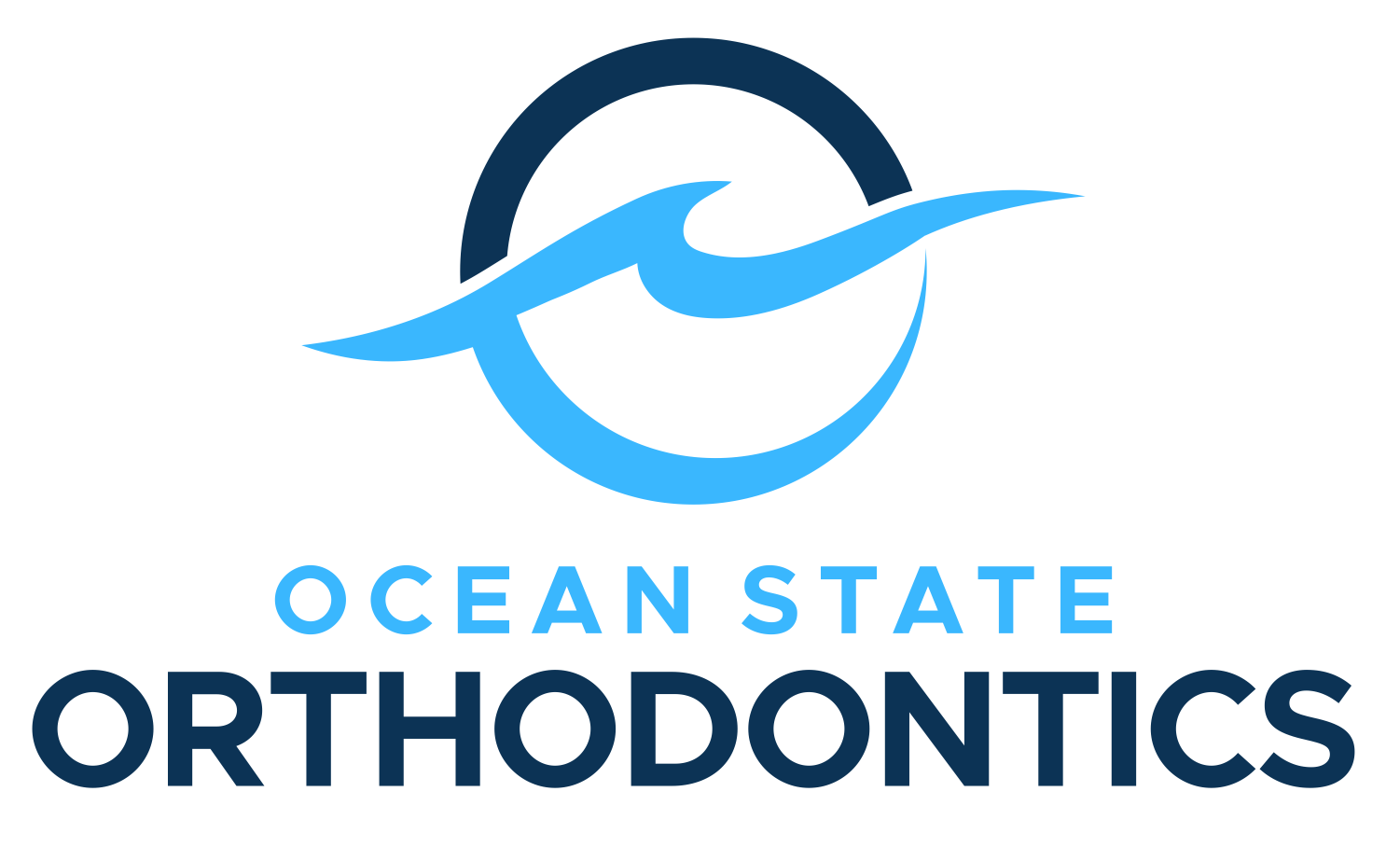Two-Phase Orthodontics
A Specialized Approach to Support Jaw Development for Long-Lasting Orthodontic Results

Table of Contents
What is Two-Phase Orthodontic Treatment?
Two-phase orthodontic treatment is a specialized approach that combines teeth straightening with physical and facial changes. This treatment aims to achieve optimal health, functionality, and aesthetic results that will last a lifetime.
At our office, our expert dental team provides two-phase orthodontic treatment to support jaw development before a secondary orthodontic procedure. To learn more about two-phase treatment for your child, contact us today to schedule an initial consultation.
Who Should Get Two-Phase Treatment?
Starting two-phase treatment early is essential for achieving the best and most lasting results. Ideal candidates for this orthodontic treatment include:
- Young children with early signs of jaw issues
- Those displaying bite problems such as overbite, underbite, or crossbite
- Individuals experiencing teeth overcrowding
Delaying treatment may require more invasive procedures later in life and may leave jaw issues unresolved. Contact our team to schedule your consultation to find out if your child is a candidate for two-phase treatment.
What Are the Benefits of Two-Phase Treatment?
While many parents are aware of the general oral health benefits of orthodontics, they may wonder about the specific advantages of two-phase treatments. Here are some key benefits:
- Reduces the likelihood of needing invasive and costly oral surgeries later in life
- Prevents severe crowding and impactions
- Enhances facial symmetry
- Creates a stable and balanced bite
- Promotes overall health by improving and maintaining oral health
What Happens During Two-Phase Treatment?
Phase 1: Early Intervention
The primary goal of Phase 1 in two-phase orthodontic treatment is to promote healthy jaw development that accommodates permanent teeth and enhances the alignment of the upper and lower jaws. This phase is especially crucial for children exhibiting early signs of jaw issues, such as:
- Crowded front teeth around age 8
- Overgrowth of the upper jaw
- Narrow upper jaw
During Phase 1, a personalized treatment plan is created, which may include specific orthodontic appliances to address tooth and jaw misalignments. Orthodontic records are also taken to monitor your child’s progress, allowing for adjustments as needed.
Resting Period: Natural Development
In the resting period, the focus is on allowing the remaining permanent teeth to erupt naturally. Retaining devices may not be recommended if they interfere with this process. A successful Phase 1 will have created sufficient space for permanent teeth to emerge correctly, preventing impaction or severe displacement.
Phase 2: Final Alignment
Phase 2 begins once all permanent teeth have erupted. The comprehensive diagnosis and treatment plan developed during Phase 1 guide this stage. Phase 2 focuses on:
- Alignment Goal: Ensuring each tooth finds its optimal position in relation to the lips, cheeks, tongue, and other teeth.
- Orthodontic Intervention: Typically involving braces on all teeth for about 24 months. After braces, retainers are used to maintain your child’s beautiful smile.
What Happens After Phased Orthodontic Treatment?
After completing the various stages of braces in a two-phase orthodontic treatment, it is crucial to maintain the results with a custom retainer. Depending on your child’s specific needs, we may recommend either a permanent or removable retainer:
- Permanent Retainers: If a retainer is attached permanently to the teeth, your child only needs to protect it from damage.
- Removable Retainers: These should be worn for 20–22 hours a day initially to prevent teeth from shifting. Over time, the duration can be gradually reduced to just a few nights a week.
Wearing a retainer is essential to preserve the results of two-phase treatments. Failure to wear the retainer as instructed may lead to the need for additional orthodontic treatment.
Jaw Development with Two-Phase Orthodontic Treatment
The development of your child’s jaw significantly impacts the functionality and appearance of their smile. With two-phase orthodontic treatment at Ocean State Orthodontics, we can enhance their smile while preventing future dental issues. Contact our Wakefield, RI or Westerly, RI office today to learn more and schedule a consultation.
Two-Phase Treatment FAQs
Not all children require Phase 1 orthodontic treatments. These treatments are typically recommended for children with early signs of jaw problems. To determine if your child is a candidate for two-phase treatment, schedule a consultation at our Wakefield, RI office or Westerly, RI office.
The duration of Phase 2 braces depends on when all permanent teeth have erupted and the extent of the jaw issues. Each patient is unique, and our orthodontic team will create a personalized treatment plan tailored to your child’s specific dental needs.
While some jaw issues are resolved during Phase 1 treatment, most cases will require Phase 2 braces to ensure proper correction of jaw problems. Your orthodontist will assess the necessity of Phase 2 braces based on individual progress.
Phase 1 treatment, aimed at early intervention, typically involves appliances that guide jaw growth and teeth development. Most children adapt quickly, and these appliances rarely interfere with daily activities. Minor adjustments, such as wearing a mouthguard during sports, may be necessary.
Several factors influence the decision to begin Phase 1 treatment, including the degree of jaw misalignment, crowded or spaced teeth, and the timing of baby teeth loss. Our Orthodontist in Rhode Island also considers habits like thumb sucking or prolonged pacifier use. Early intervention helps guide jaw growth, correct oral habits, and make room for permanent teeth.
Signs that your child may need orthodontic treatment include crowded or overlapping teeth, difficulty chewing, mouth breathing, and frequent cheek biting. A professional evaluation can provide a clear diagnosis.
